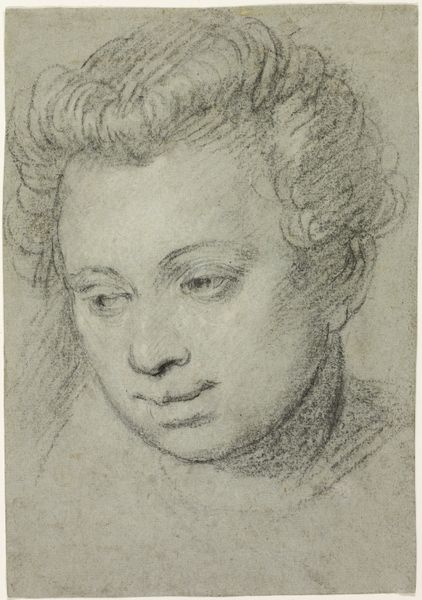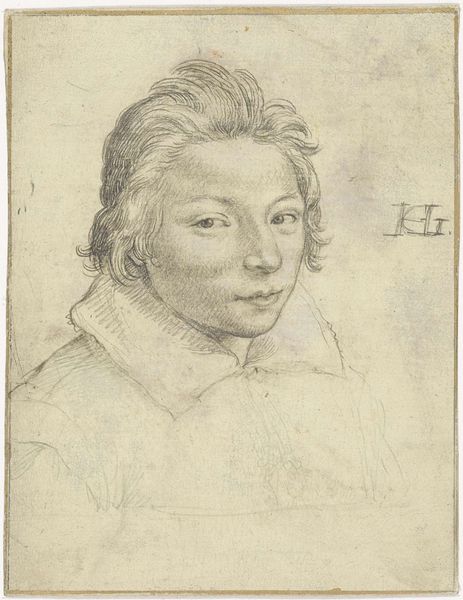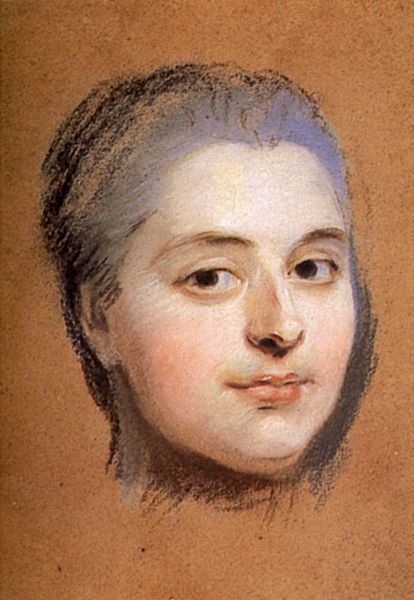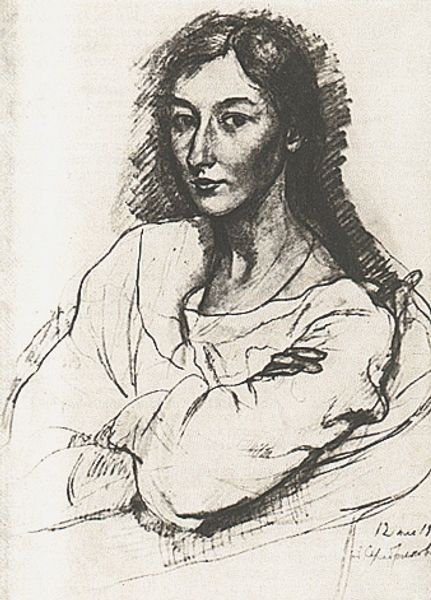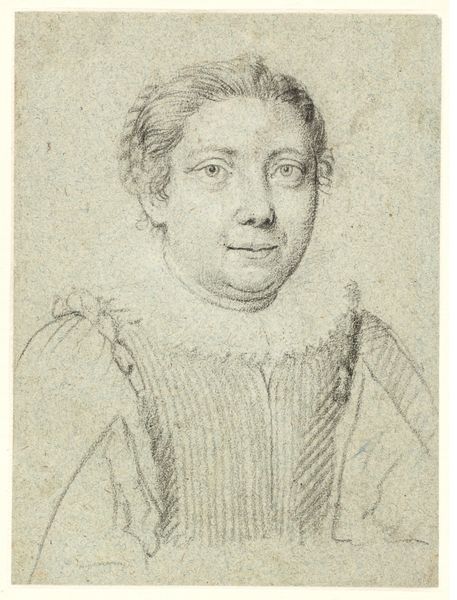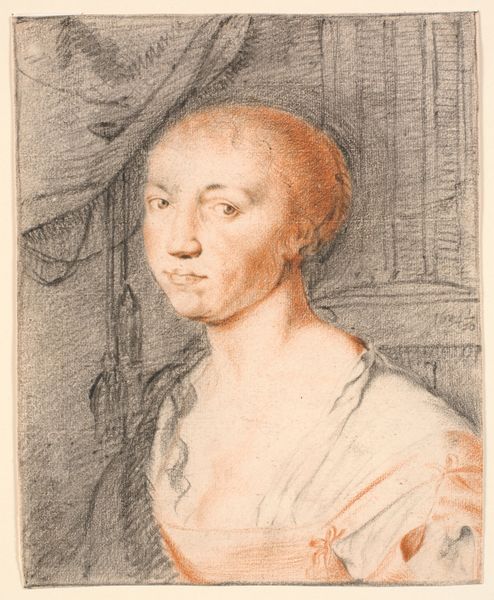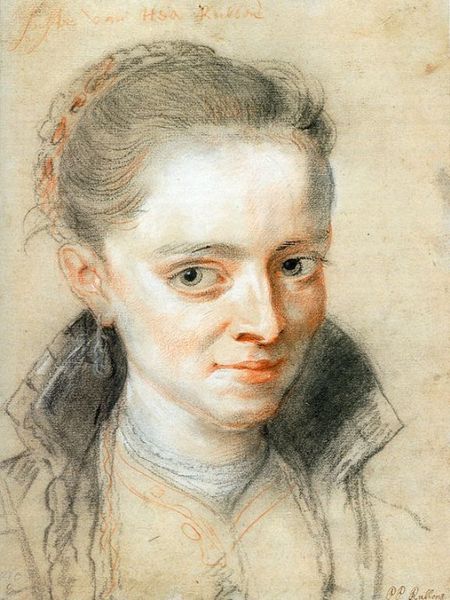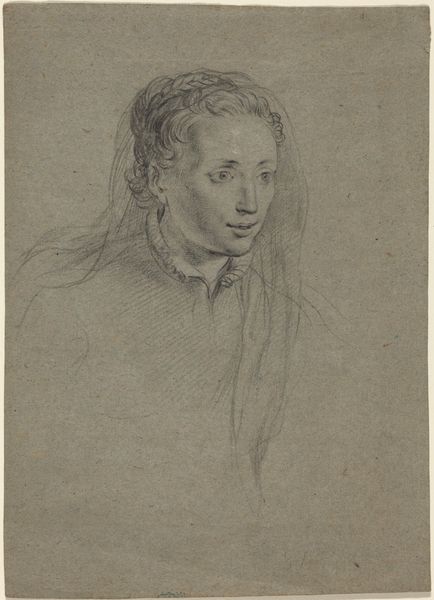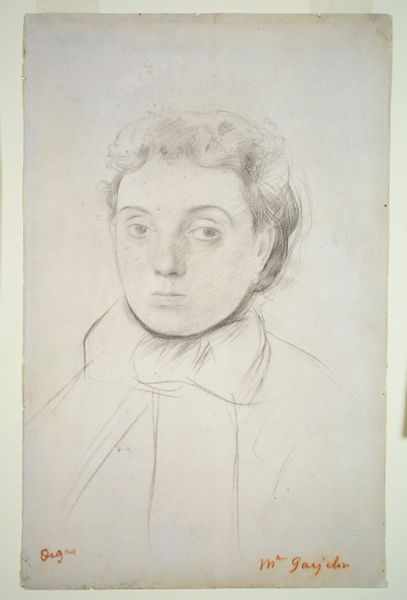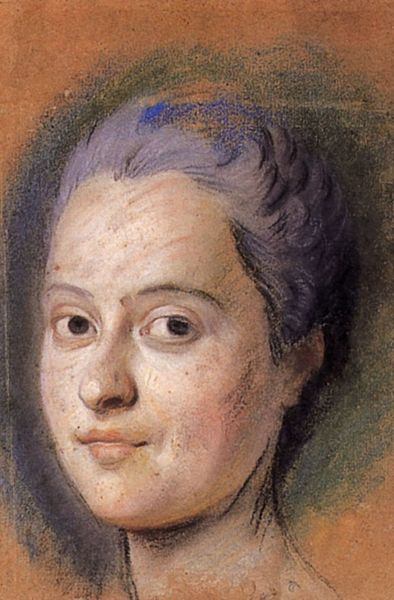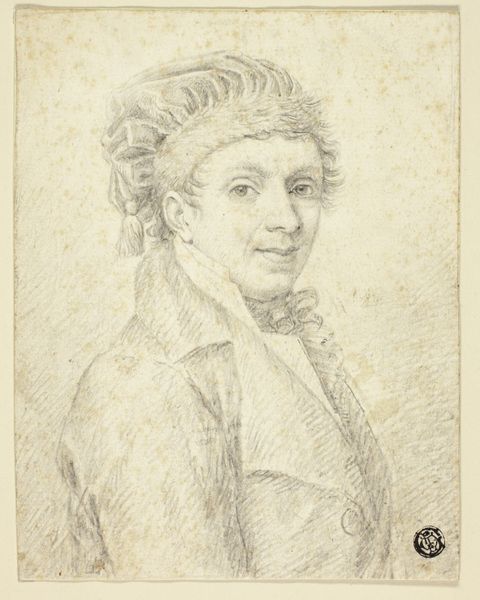
Dimensions: 38.1 x 29.2 cm
Copyright: Public domain
Editor: We’re looking at Peter Paul Rubens’ "Portrait of Isabella Brandt" from 1622, a charcoal drawing on paper. There's something so immediate about it – almost like we've caught her in a private moment. How do you see this work? Curator: Isn't it marvelous? It's a portrait, yes, but also a fleeting impression, an embodiment of life. For me, it’s almost a ghost, because it exists only as an image but it tells more of Isabella’s living soul than many grand, polished portraits could hope to achieve. Think of the charcoal itself: burnt wood, a symbol of transformation. She's gone, transformed, but her essence remains in the trace of that charcoal, guided by her lover's eye and hand. Does that resonate at all? Editor: That idea of transformation is fascinating! The charcoal feels almost fragile, but her presence is so strong. What do you think contributes to that strength? Curator: It's in the economy of lines, isn’t it? Rubens isn't trying to capture every detail; he focuses on the eyes, the curve of her smile, the gentle tilt of her head. Her being – it's almost as though he loved her soul so very much, that he found a way to present it here, bare on paper, absent artifice or agenda. And perhaps the medium helps; do you suppose it offers more immediacy? A quicker conduit between mind and hand? Editor: I think it does, yeah! It feels so personal, almost like a sketch from a diary. Curator: Exactly. A stolen glimpse of a loved one, preserved for eternity, for everyone. It is the purest gift of devotion through art. I see her, alive, and I, in turn, am also reborn, in her afterglow. Editor: It’s amazing how much emotion can be conveyed with so few lines. I’ll never look at charcoal the same way again! Curator: That, my dear, is the true magic of art, isn't it? To change us, one little charcoal stroke at a time.
Comments
No comments
Be the first to comment and join the conversation on the ultimate creative platform.
